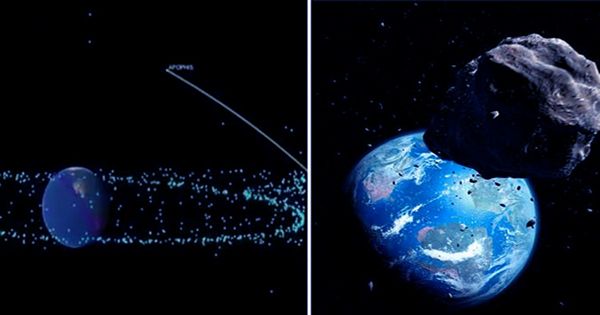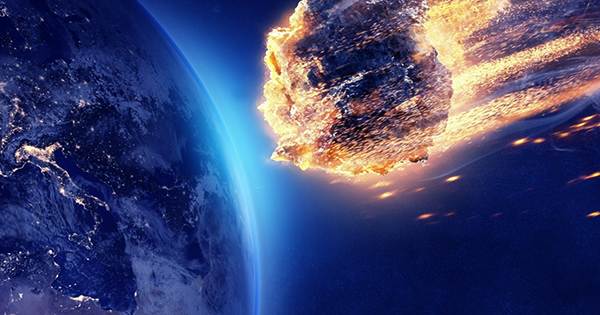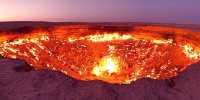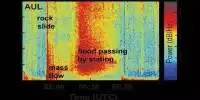The fame of the asteroid 99942 Apophis’s should have preceded it. It has been among the most dangerous near-Earth objects (NEOs) since 2004, and past predictions suggest that the rock is likely to collide with our planet. More observations have led to better and better predictions and astronomers will have a chance to see it again this weekend. At 1:15 a.m. public time, apophis’s will be March 6, 16.9 million kilometers (10.5 million miles) from Earth. A very safe distance if we think about risk and very close if we think about collecting important data. The apophis’s is quite large as the NEOs go – it covers 340 to 370 meters (1,115 and 1,214 feet). However, as far as astronomers are concerned, it is small and dark, making it very difficult to study.
Thus, the opportunity learns more of each intimate approach. Unfortunately, we do not have the Arecibo archive at our disposal after our catastrophic fall this year. The radio telescope was invaluable in the study of NEOs and it could provide some new and important information about Apophis. Apophis’s closest future Earth orbit is on April 13, 2029. It will reach closer to our planet than geostationary orbit, where telecommunications satellites have placed. When it was discovered 17 years ago, this intimate paragraph became an important topic, because it was one-twenty chances to hit our planet.

We now know that it will safely cross 31,200 kilometers (19,400 miles) from the Earth’s surface. It is now familiar with 50-kilometer (31-mile) uncertainty, making it a very safe guess. Scientists are now focusing on the upcoming date of April 12, 2068-2020 and thanks to observations last month, researchers have been able to reduce the adverse effects of the effect from one to 380,000 in 1,50,000. Current observations will help strengthen such assumptions.
In 2029, the asteroid will be visible to the naked eye due to its proximity to our planet. However, it is too far and too faint to cross this year. This does not mean that it is impossible to see but you have to get a telescope and be in the right place at the right time. Apophis will do a few spying next week. This means it will pass in front of a star and block its light, which can used to learn more about it – or just enjoy a larger eclipse. If you are curious as to where this place of your attention should be, Unistellar peeks have your back. Apophis is visible from North America on the morning of March and in Europe on the evening of March 11.














